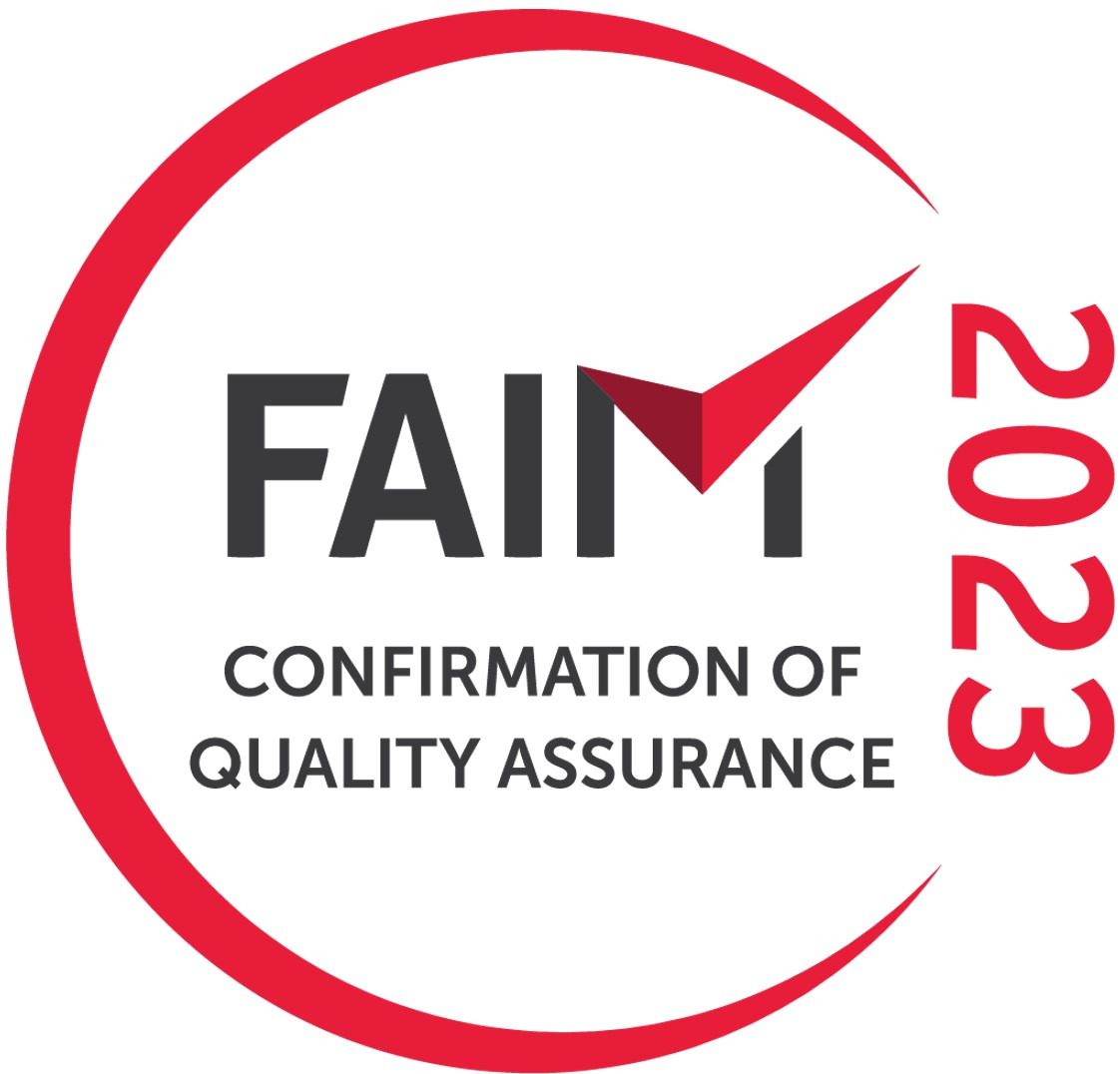There is always a debate on what is worth shipping or not. This normally rages within the family prior to a removal surveyor arriving but sometimes it happens during the survey, which can be quite amusing at times on our part. I have been in houses where the parents (not the children) end up having a “heated discussion” about what is going to the point where I have thought about jumping into the nearest telephone box, donning my referee’s outfit (including whistle) and dishing yellow and red cards like confetti.So to try and help you I will try and give you some ideas that will hopefully help you decide what to take when moving overseas. Please remember these are only my opinions and these vary from surveyor to surveyor. In the end it is your decision that counts because it is your money that is being spent, not mine.Where to start? Well in my opinion you should be seriously looking at any thing small but relatively expensive to replace. If you consider that a carton of glass, china and crockery (the carton size is approx 18 x 18 x 20 inches) is likely to cost somewhere in the region of £20.00 to ship as part of a larger consignment, then just think of what you can fit into it. Then work out how much it would cost to replace the items if they didn’t go. Add in to the equation “if I wasn’t going would I replace them or not?” along with “is it rubbish or not?” and see what answers you come up with. Most people have a cull on these things but will take anything half decent. The same theory can be applied to nearly everything in the house including furniture and electrical goods.
With regards to the furniture, a little more science can be used to see if the item is worth shipping. How do you judge what an item costs to ship? To determine the size of an item you need to measure all 3 dimensions in inches (yes I am that old!), multiply these dimensions together and then divide the result by 1728. This will give you the cubic capacity of the item. The cost of shipping an item varies with different companies. It is usually works on a sliding scale and destination but if you work on approximately £4.50 per cu ft that should cover it. Then apply the “is it worth it” equation.
Once you have got over that hurdle then the “can it go” test needs to be applied. Australia and New Zealand have very strict regulations on what can and cannot be imported into their countries. Most surveyors will have a good working knowledge of what the restrictions are but will not necessarily know everything. If they don’t, ask them to check on your behalf and revert back to you. These countries wish to protect their environment and don’t want our bugs etc. arriving in your consignment. So anything that is associated with soil, earth or dirt (garden equipment, shoes, outdoor toys, bikes etc.) should be thoroughly cleaned and preferably disinfected. I would normally advise that garden tools should have their blades painted wherever possible because this seals them and shows that they are clean.
Items made of plant material may cause concern at the destination. Things made of whicker, cane, bamboo, sea grass and the like may be subject to a thorough examination which may result in extra charges for the time taken, fumigation charges and / or disposal charges. Items of wooden furniture should be ok but may be inspected for evidence of past or present woodborer activity. Unfortunately, I feel that there is no exact rule on this and sometimes is down to the judgment of the MAF inspector on the day of inspection. I may be wrong but over the years I have become very conservative in my views.
Customs regulations vary from country to country. More often that not any new goods are only allowed in to that country if you pay duties and taxes on them. The time limit for ownership varies and you should ask your mover for advice.
If you decide to buy something new to take with you and you are happy to pay your debt to society in your new country then there is an upside. You do not need to pay UK VAT on these items if you can follow these rules: you are not allowed to take possession of the item, so it has to be delivered to or collected by your mover (remember to factor in any delivery/collection charges). All the retailer needs for their records is a certificate of shipment from the mover to say that it has been exported. The retailer should then be able to reimburse you the UK VAT. One note of caution is that some retailers will not offer this service (it isn’t obligatory) so please check with them before you make the purchase.
As I said at the beginning these are only my opinions. If you have any doubts, I would recommend strongly that you please contact the relevant authorities such as Australian or New Zealand Customs or The Ministry of Agriculture.















